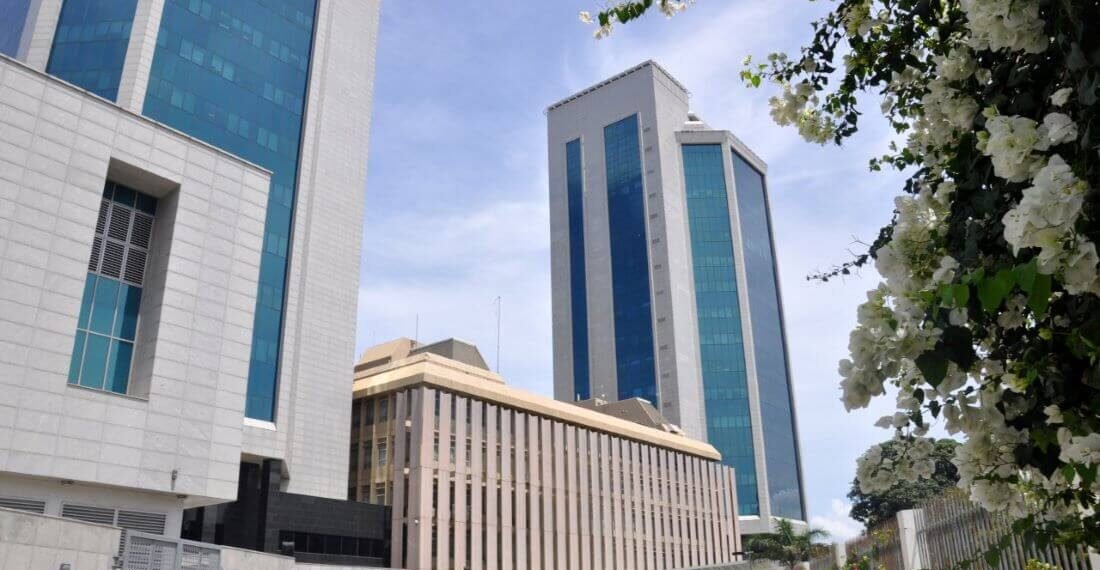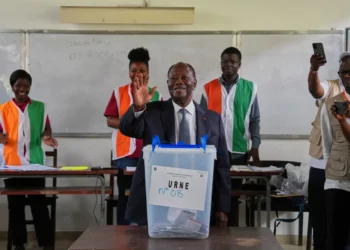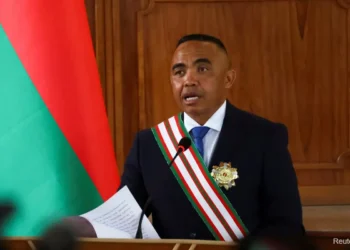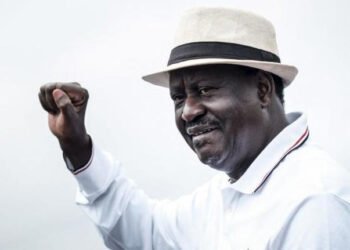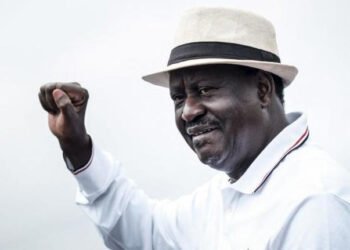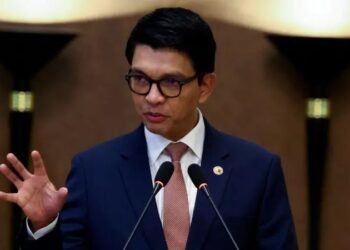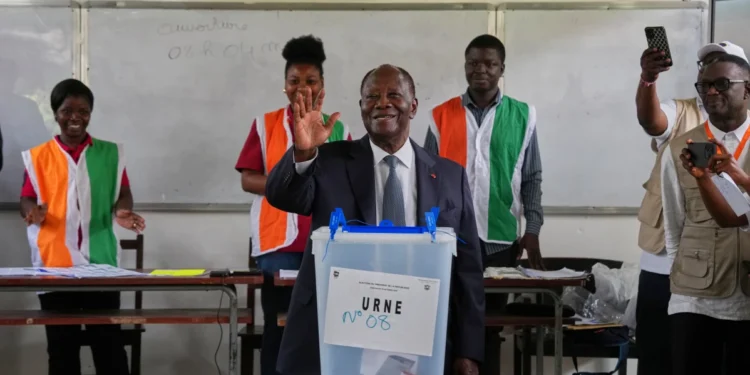Tanzania’s central bank announced on Thursday that it will maintain its benchmark interest rate at 5.75%, signaling confidence in the country’s stable inflation outlook and steady economic performance. The decision follows a July policy meeting where the Bank of Tanzania cut the rate by 25 basis points.
Governor Emmanuel Tutuba explained the rationale behind the decision during a statement to the press. “The decision reflects the projection of stable inflation within the target range of 3% to 5%. The growth of the economy is also expected to remain strong,” Tutuba said.
The East African nation has managed to keep inflation under control, with rates hovering around 3% for the past two years. In August, inflation stood at 3.4% year-on-year, a slight increase from 3.3% in July. Meanwhile, economic data has been encouraging, with GDP growth at 5.4% in the first quarter of 2025, compared to 5.2% in the same period in 2024.
Governor Tutuba added that economic expansion was expected to accelerate throughout the year. “Growth of more than 6% is estimated in the second and third quarters, with similar momentum expected in the fourth quarter, supported by strong public and private investment and robust export performance,” he noted.
The growth projections coincide with President Samia Suluhu Hassan’s economic policies, which have focused on large-scale infrastructure projects in the lead-up to the October 29 elections. Major undertakings include the construction of a hydroelectric power plant and a modern railway network designed to enhance national productivity.
President Samia has overseen steady progress since taking office. Under her leadership, Tanzania’s GDP rose from $69.7 billion in 2021 to $85.42 billion in 2023. Her administration has also prioritized agricultural modernization, a crucial sector employing much of the population. Budget allocations for agriculture have increased more than fourfold to about 1.248 trillion Tanzanian shillings, accompanied by the creation of institutions such as the National Cooperative Bank to provide affordable loans for farmers.

These reforms have delivered measurable results, including the doubling of agricultural exports to $2.3 billion and notable gains in cash crop production, such as sunflowers, tobacco, and cashews. In addition, trade liberalization, wider access to finance for small and medium enterprises, and education reforms targeting gender equity have contributed to broad-based development.
Challenges Threaten Economic Progress
Despite this progress, Tanzania still faces hurdles that could slow growth. Inflation pressures remain a concern, with food prices rising by 5.4% and energy costs climbing 7.9%. Seasonal heavy rains have disrupted transportation and logistics networks, driving supply chain inefficiencies and fueling price spikes.
Global economic uncertainties, including volatile commodity prices and shifting trade dynamics, add to the risks. Climate change also poses a significant threat, with extreme weather events reducing agricultural productivity and putting strain on infrastructure. Meanwhile, limited fiscal space continues to challenge the government’s capacity to finance new projects or respond effectively to external shocks.
To counter these risks, authorities have emphasized prudent monetary policy, strengthened food reserves, and targeted investment in manufacturing, clean energy, and mineral resources. The government’s approach is designed to safeguard stability while maintaining momentum in key sectors.
President Samia’s strategy reflects both economic ambition and resilience. By balancing structural reforms with immediate policy interventions, her administration aims to sustain Tanzania’s growth trajectory while addressing challenges that could undermine long-term prosperity.
READ ALSO: Kojo Choi Engages PHDC on $60 Billion Petroleum Hub Investment Opportunities



